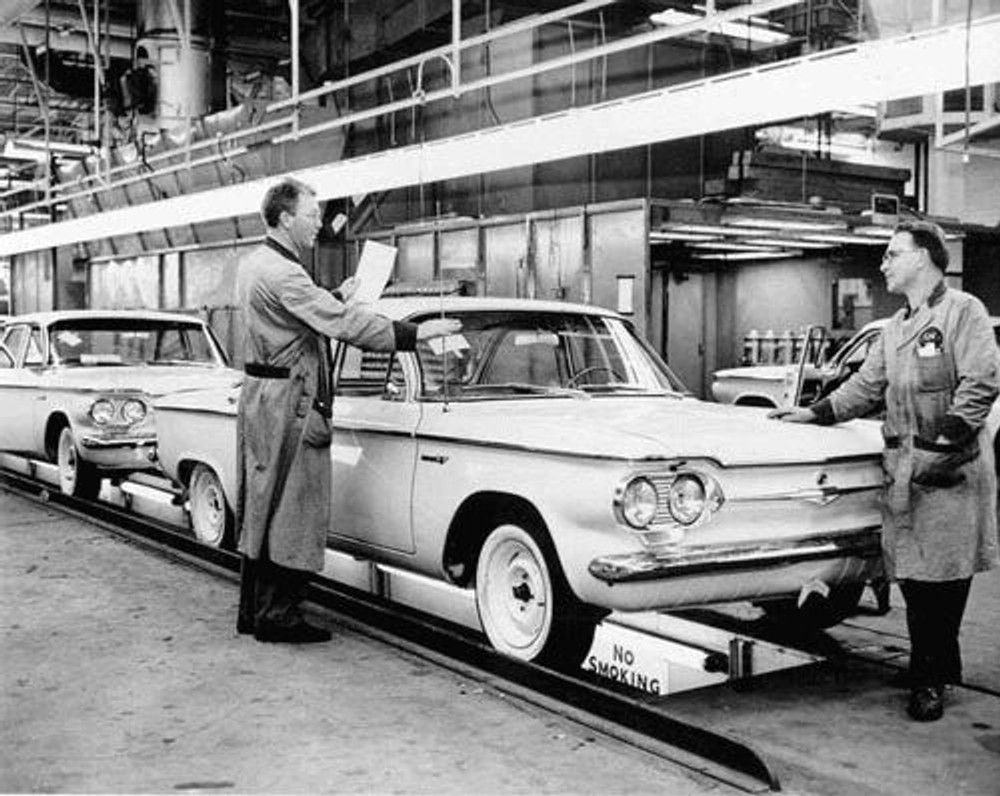Design Metal Sheet Parts Faster DFM Strategy | JMC Auto
Posted by Juan E. Chavez on 1st Apr 2019
How a DFM Strategy Can Speed Up Your Metal Sheet Design Process
Did you know that you could save a lot of time on your next sheet metal project by fixing manufacturing errors?
Research shows that manufacturers spend at least 30 to 50 percent of their time addressing mistakes — and 24 percent of those errors are manufacturing-related.
While using a metal sheet brake can increase precision and accuracy when fabricating the metal components for your project, there is a huge gap between how engineers design parts in CAD systems and how they fabricate them on the shop floor.
When expectations fail to align with reality, the consequences could be costly. And this is why fabrication shops are adopting a Design for Manufacturability (DFM) strategy.
Sheet Metal Design: Expectations vs. Reality
In an ideal manufacturing world, tolerances and allowances are exact. You don’t have to add any features or change material designs to accommodate your shop floor or real-world material behavior.
But we live in the real world. Here, many engineers develop 3D models for sheet metal products without considering the fabrication tools needed to form the part or product. As a result, they end up designing models for an “ideal” world.
When expectations and reality for sheet metal design don’t match, it could stall production and increase project costs. Fixing these design errors and sending revisions back to the shop floor could turn into a vicious cycle — one that is often too hard to break.
The Devil is in the Details
By adopting a DFM strategy, your facility can consider important manufacturability factors when coming up with sheet metal designs. DFM is a proactive process that involves designing better products and components at a lower cost.
DFM highlights the need for simple designs and reducing the number of parts you produce. It also suggests standardizing parts so engineers can use them over and again in different applications. To top that off, DFM provides insights on how to develop easy-to-manufacture designs.
Ideally, DFM takes place early in the design process and includes everyone in the project: engineers, designers, manufacturers, and material suppliers.
The goal is to challenge the design of your sheet metal project. After all, as project design progresses through the life cycle, the changes become more costly and are harder to implement. By getting one step ahead and analyzing the design at its component, sub-system, system, and holistic levels, you can achieve an optimal design and avoid unnecessary costs.
Reduce Errors and Rework
Adhering to DFM guidelines allow you to create more functional and affordable metal parts. You’ll even speed up production time by reducing the possibility of errors and rework. This could benefit your facility in the following ways:
- Minimizing part count – Reduce your part count by incorporating the functions of two or more parts into a single one. Make sure to check whether the new part interferes with other parts and if they could complicate maintenance.
- Convenient assembly – Ease-of-assembly is a crucial consideration for manufacturing sheet metal. Producing functional parts that fit into one another easily lead to shorter assembly times and lower parts counts.
- Ease of manufacturing – DFM helps manufacturers avoid adding unnecessary features to their products as this could slow down production and machine times.
Supplement your DFM strategy with top-quality automotive tools from JMC Equipment. Find affordable equipment here.
Contact us today for more info.
LEARN MORE ABOUT DFM STRATEGY TO IMPROVE YOUR MANUFACTURING PROCESS
DON'T FORGET TO FOLLOW US ON SOCIAL MEDIA




